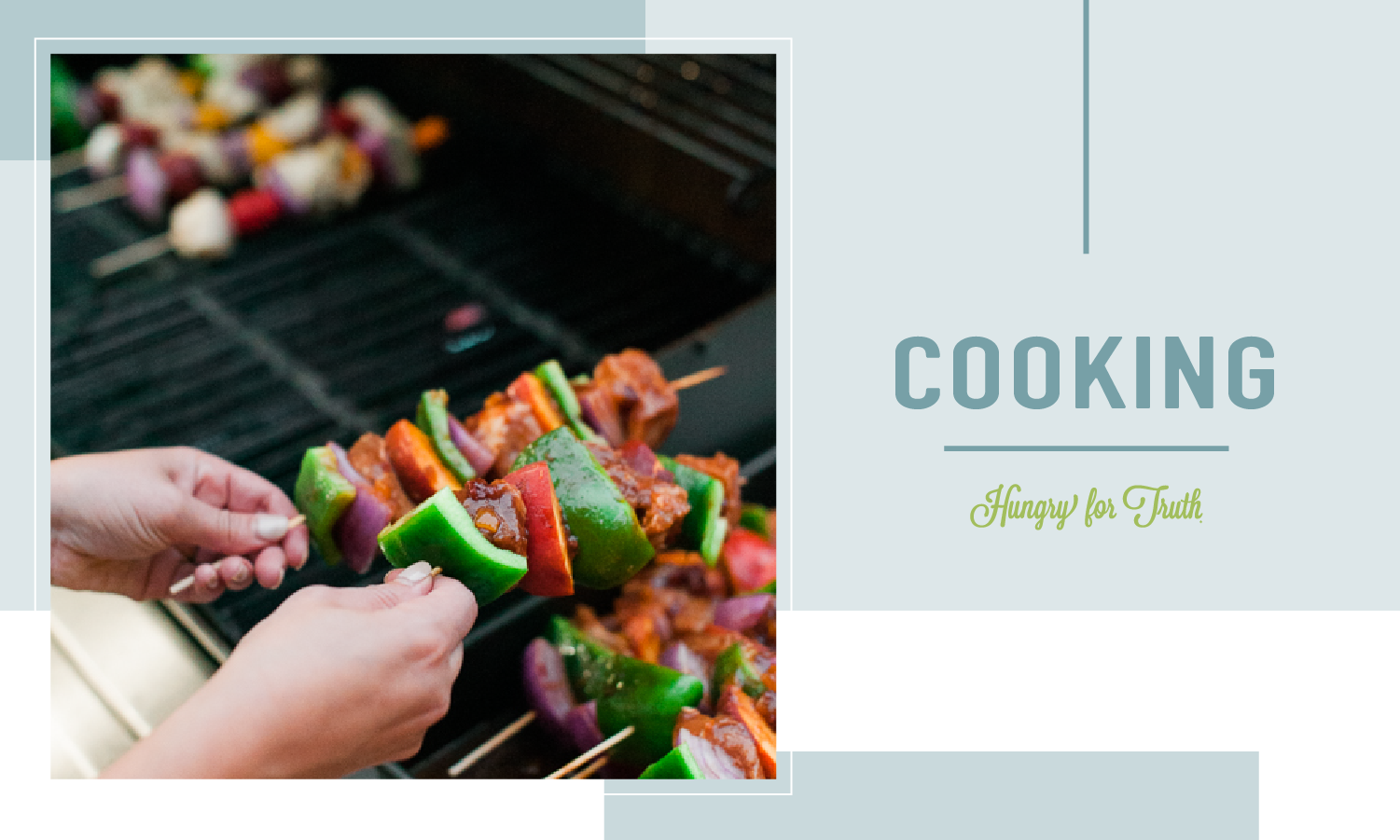Your One-Stop Guide to Food Safety
As you cook up tasty creations in the kitchen, it’s important to take steps to ensure your activities don’t take an unfortunate turn. Luckily, food safety doesn’t need to be complicated. We’ve rounded up some useful tips you can use when prepping, cooking, storing or packing your food to go.
Keep things clean by frequently washing your hands and wiping down work surfaces. When prepping fresh fruits and veggies, give them a good rinse with cold water to wash away any unwanted residue or dirt, but don’t worry about traces of pesticides on your food. Pesticides are used by both organic and conventional farmers to protect plants as they grow, but they’re handled very carefully and must meet rigorous safety standards before they can be used. According to the USDA, pesticide residues are not a safety concern in the U.S. food supply.
Avoid cross-contamination by separating raw meat from other ingredients. If you’re using frozen meat, thaw it in the fridge first, not on the counter at room temperature. When cooking your proteins, be sure they reach the proper internal temperatures. Keep a meat thermometer on hand so you can monitor the meat’s temperature as it cooks. To get the most accurate reading, position your thermometer in the thickest part of the meat.
Make sure your fridge is set at or below 40 degrees F and keep the door closed as much as possible to maintain the temperature. Store your leftovers in airtight containers and get them in the fridge within two hours. How long are they good for once they’re in there? In general, leftover meals are good for about three to four days. Visit this blog for a visual guide on other food products or the USDA’s Food Keeper website for more specifics.
If you’re taking perishable foods for lunch, be sure to pack them in an insulated lunchbox with two cold sources. These could be ice packs, frozen juice boxes, or water bottles. If you’re packing hot foods, keep them warmer longer by preheating your thermos. Just fill it with boiling water and let it stand for a few minutes. Then empty it, put in your hot food, and keep it closed until you’re ready to eat.
Packing for a crowd? Pick a cooler that’s well-sized for the amount of food you are bringing along. A full cooler is better at keeping things cold, but if you do have extra space, fill it up with ice cubes. Just make sure your foods can stay safe and dry in watertight containers when the ice starts melting.
Now that you’re prepared to cook safely in the kitchen, visit our recipes page for inspiration or read the story of Todd and Monica Hanten who keep cooking at the center of their South Dakota farm.
Hungry for Truth is an initiative about food and farming funded by the South Dakota soybean checkoff. The goal is to connect South Dakotans with the farmers who grow and raise their food.





